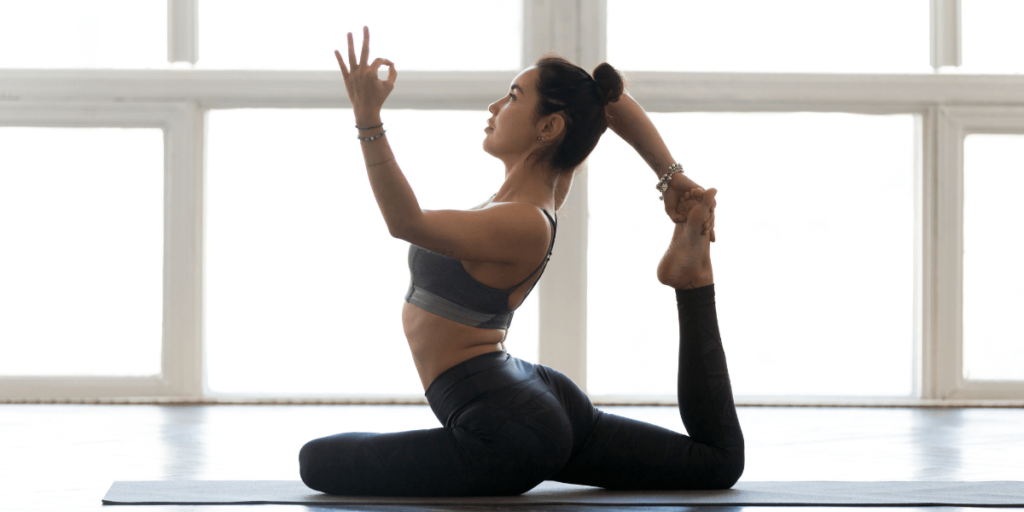King Pigeon Pose, also known as Eka Pada Rajakapotasana, is a hip-opening yoga pose. When done correctly, it can help to increase hip flexor and lower back muscle flexibility. Also actively helps digestion and can help with mental stress and anxiety.
However, going straight into Pigeon Pose may be a little too intense for some people. In that case, we’ve put together a list of warm-up poses that you can practice.
Guide on Preparing for Pigeon Pose
Pigeon Pose necessarily requires a certain amount of strength and flexibility. Stretching your hip flexors, external rotators (hip flexors), spine, and shoulders are all important parts of the preparation process.
Follow the guidelines below to have a successful and healthy pigeon yoga practice before moving into deep-back bend yoga poses.
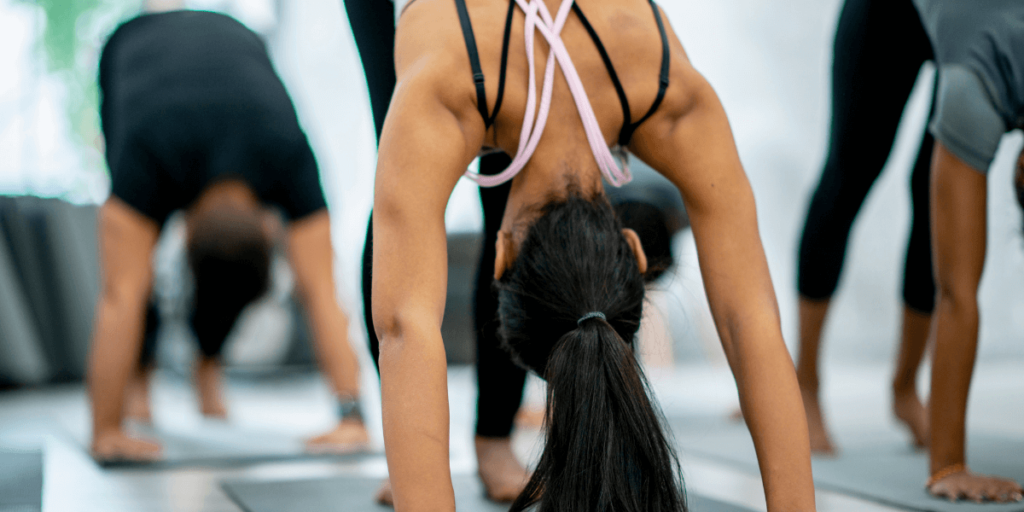
Check Yourself
Before you do anything else, make sure you check yourself. Pigeon Pose might not be a good fit for you. There should be no strain on the knee. Pregnant women, those with hip problems, and those with knee injuries should avoid this pose. As a matter of fact, always seek medical advice before attempting new exercises.
Perform Warm-up Poses
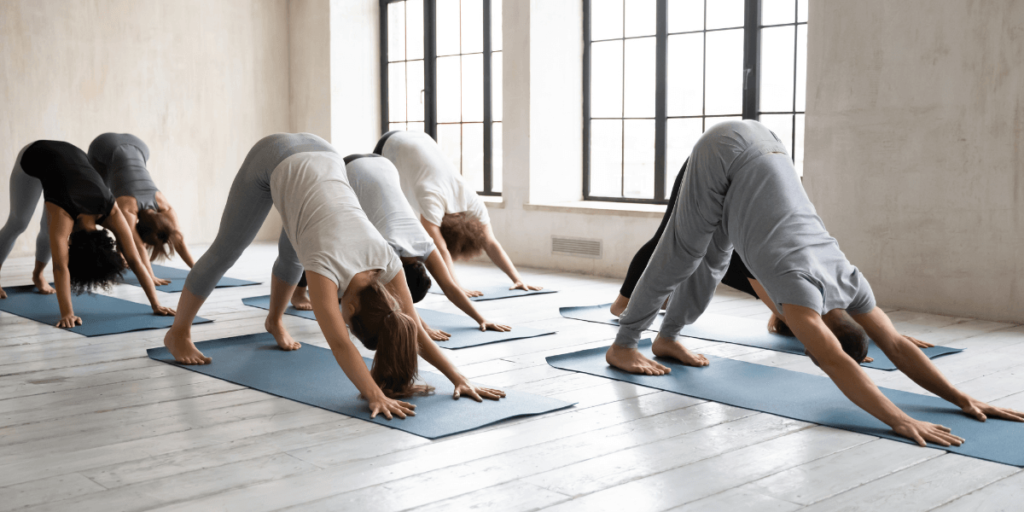
Downward-Facing Dog (Adho Mukha Svanasana) – is a relaxing and stress-relieving posture. Muscles are strengthened. It increases adaptability.
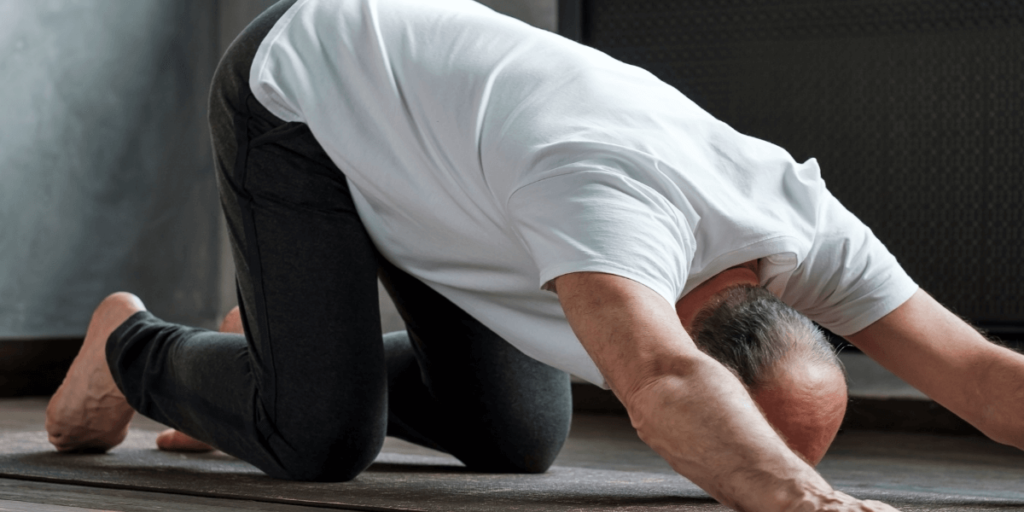
Extended Puppy Pose (Anahatasana) – This pose combines a passive backbend and a shoulder opener.
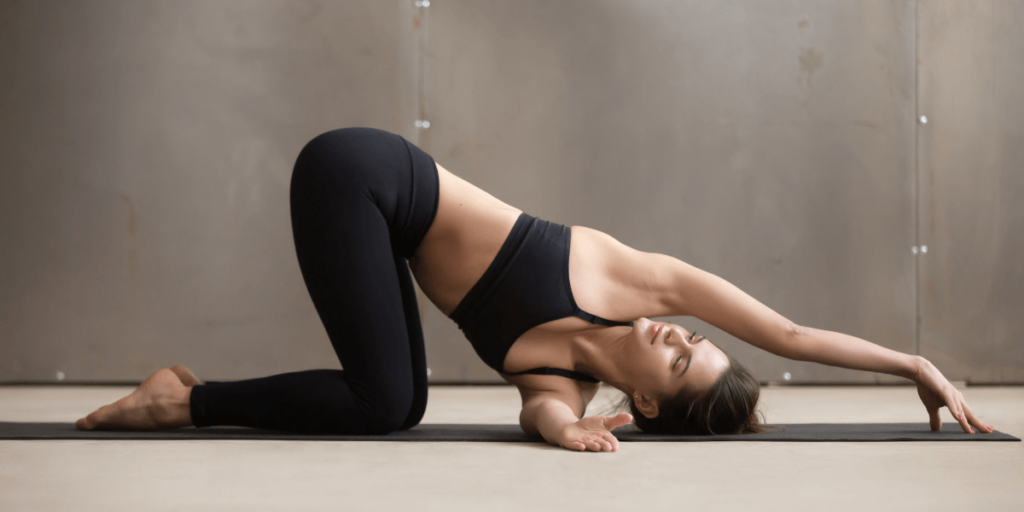
Thread the Needle (Parsva Balasana) – relieves tension in the neck and back.
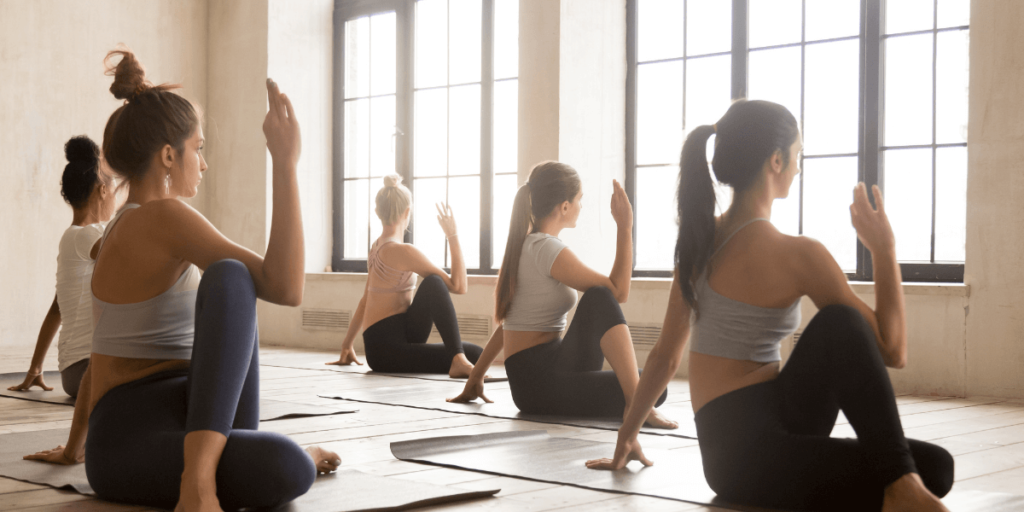
Lord of the Fishes Pose / Seated Twists (Matsyendrasana) – These twists will help you open up your hips and shoulders while also keeping your abs supple and strong.
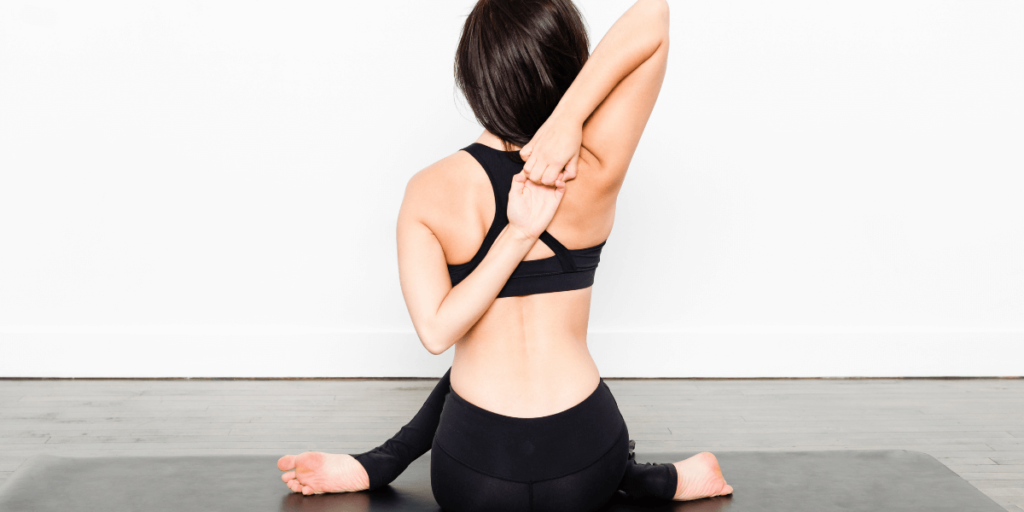
Cow Face Pose (Gomukhasana) – This seated asana improves hip mobility, opens up the shoulders, and stretches the arms.
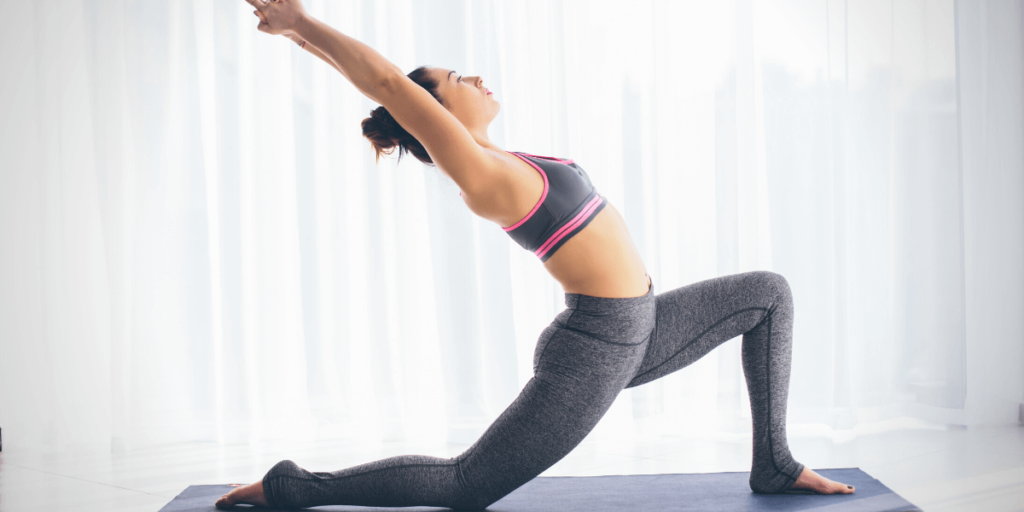
Lunge Pose (Anjaneyasana) – Lunges strengthen your legs and core while also targeting your quads, which need to stretch and warm-up before deep backbends.
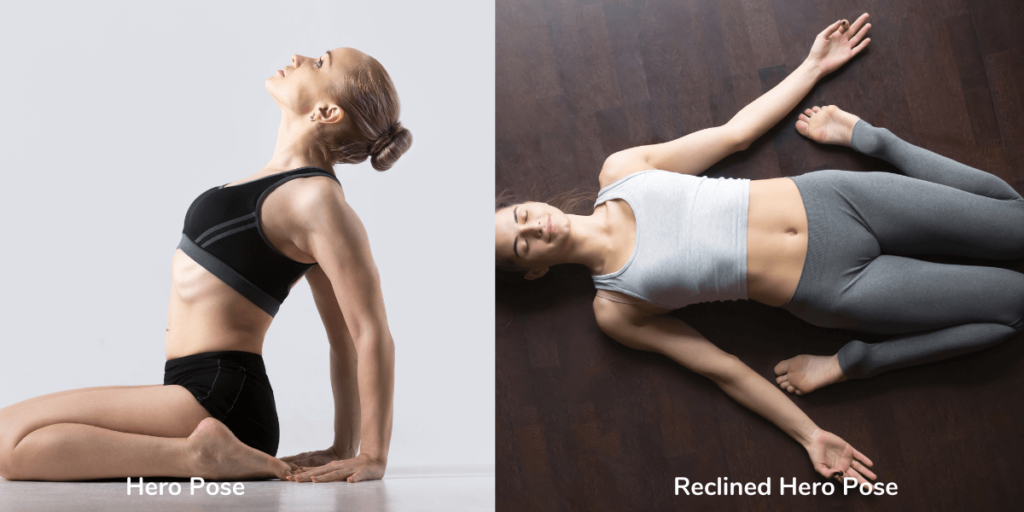
Hero and Reclined Hero Pose (Virasana and Supta Virasana) – These poses will help you assess your hip mobility while also stretching the quad and adductor muscles.
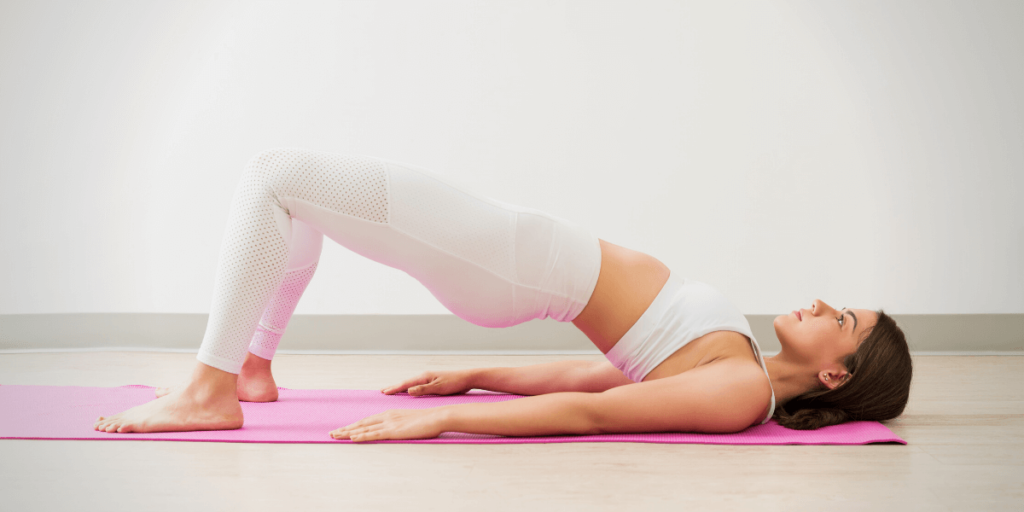
Bridge Pose (Setu Bandha Sarvangasana) – This foundational backbend asana helps you identify the pushing motion required for your hips and the squeezing action required for Kapotanasana.
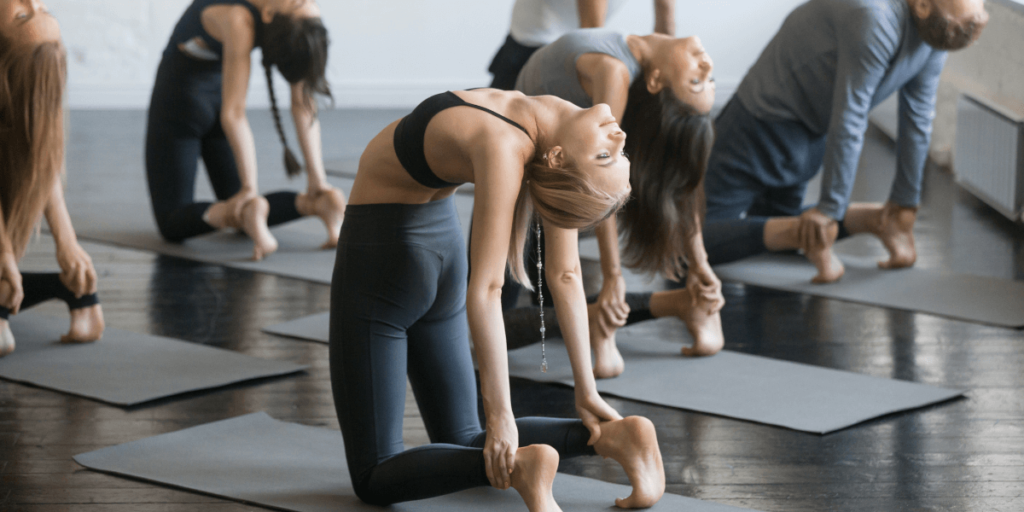
Camel Pose (Ustrasana) – The camel pose is the first pose you do after entering Kapotanasana.
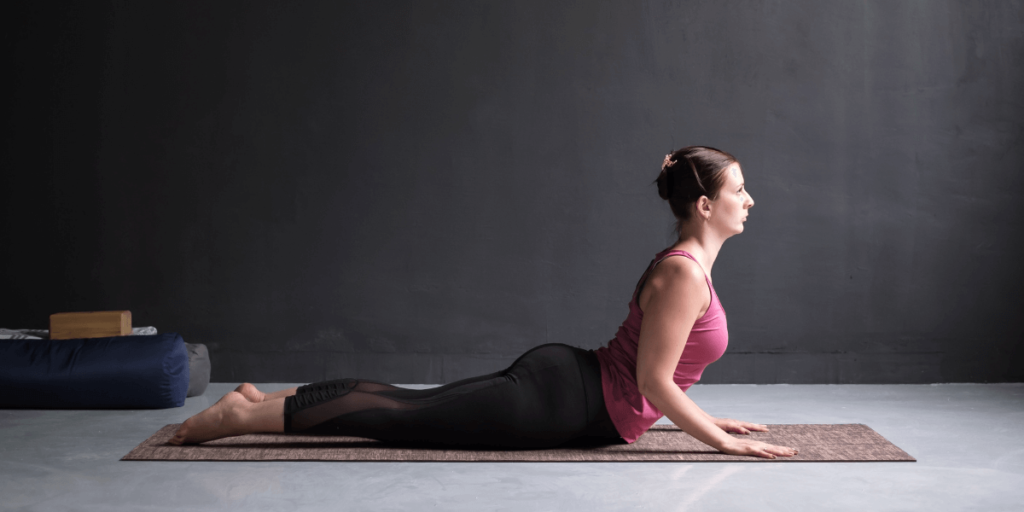
Sphinx Pose (Salambha Bhujangasana) –Warm up your spine with this passive backbend. Start with Classic Pigeon Pose after your warmup, then move on to Resting Pigeon Pose, and finally King Pigeon Pose. This sequence will gradually prepare your body for more difficult variations, preventing injury and ensuring proper execution of the pose.
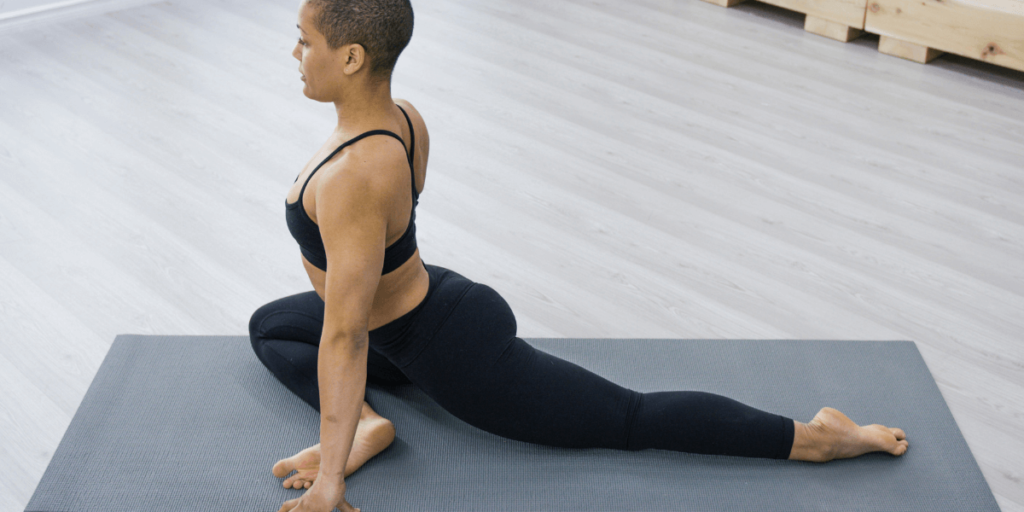
Adjustments/Modifications
- Back off, draw your low belly in, and lengthen through your spine to avoid compression if you feel low back pain in the pose. Under the front thigh, a folded blanket, foam block, or bolster can provide additional support and possibly relieve discomfort.
- The front shin should be parallel to the top of your mat, and your foot should be flexed, according to one variation of the pose.
- Another variation of the pose requires the front heel to be close to the hips and the top of the foot to be on the ground.
- Use a strap around your back foot as you prepare to try on other pigeon variations. Slowly draw your foot toward your torso while lifting your chest.
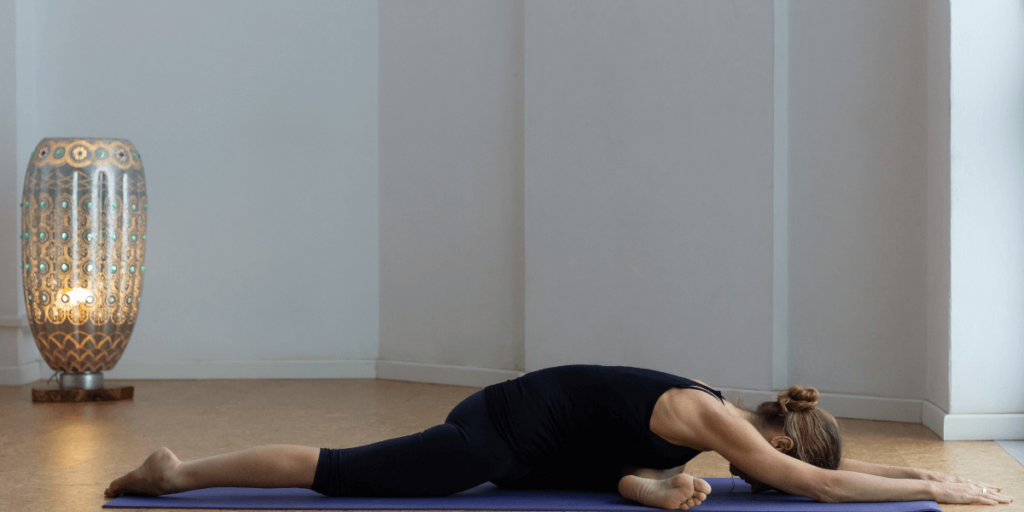
Pigeon Pose Benefits
- Stretches hip flexor and groin muscles (psoas, rectus femoris).
- Stretches the rotator cuff muscles in the hips (gluteus medius and minimus).
- The urinary, digestive, and reproductive systems are thought to benefit from increased circulation.
- When done correctly, it can help to increase hip flexor and lower back muscle flexibility while also aiding digestion. Ayurveda claims that these emotions are stored in the hips, so some believe it can help with mental stress or worry.
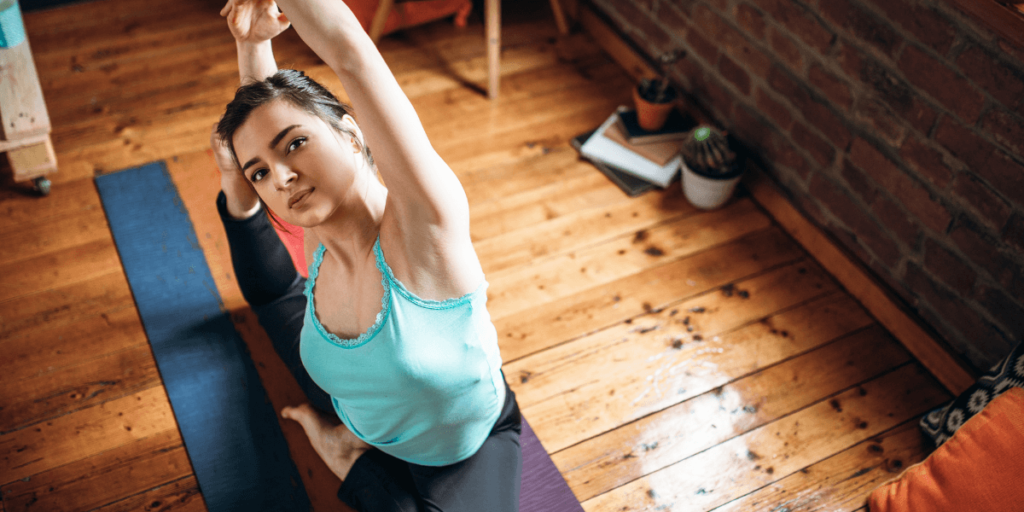
So, what exactly are you waiting for?
Try the Pigeon Pose and master it to spice up your yoga practice!
